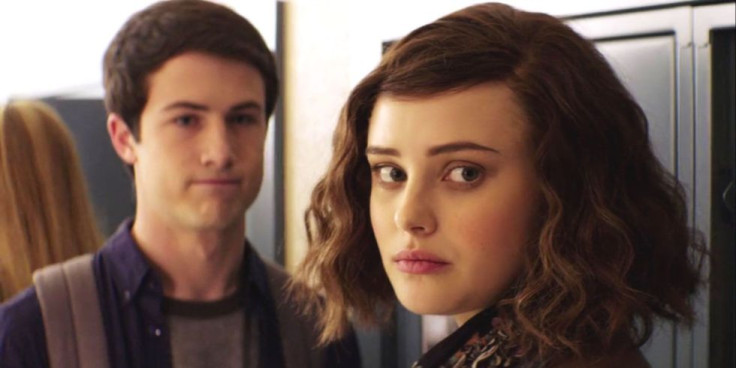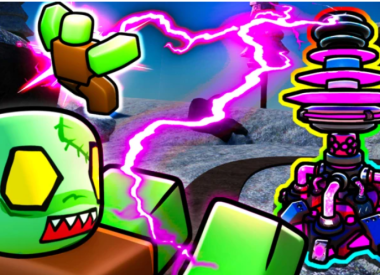13 Reasons Why is a Netflix show that graphically depicts suicide and rape. Created by Brian Yorkey and based on a YA novel by Jay Asher, the story is about a girl who kills herself and sends out a series of cassette tapes to those she considers responsible, explaining why she did it.
Writer Nic Sheff has defended the decision to explicitly and brutally depict main character Hannah’s suicide in an op-ed for Vanity Fair:
“[W]hen it came time to discuss the portrayal of the protagonist’s suicide in 13 Reasons Why, I of course immediately flashed on my own experience. It seemed to me the perfect opportunity to show what an actual suicide really looks like—to dispel the myth of the quiet drifting off, and to make viewers face the reality of what happens when you jump from a burning building into something much, much worse.
“It overwhelmingly seems to me that the most irresponsible thing we could’ve done would have been not to show the death at all. In AA, they call it playing the tape: encouraging alcoholics to really think through in detail the exact sequence of events that will occur after relapse. It’s the same thing with suicide. To play the tape through is to see the ultimate reality that suicide is not a relief at all—it’s a screaming, agonizing, horror.”
Sheff’s personal, unique and individual experience notwithstanding, ample peer-reviewed research has shown that suicide is “contagious” and that the more explicit the depiction, the likelier vulnerable populations are to recreate it. This leads to an interesting conundrum: 13 Reasons Why is a show about mental illness and suicide that mentally ill and suicidal people should not watch.
13 Reasons Why hammers home the brutality and pain of Hannah’s suicide in a way that is reasonably artistically defensible. “It pressed a button, but not in a cheap, flashy way. It was a horrifying and very specific moment of consequence that touched the soul, and sometimes that’s how art works,” wrote Mo Ryan at Variety.
Creator Yorkey, a Pulitzer Prize winner, added, “We wanted to confront the fact that suicide is messy, ugly and it's incredibly painful... We wanted to tell that story truthfully. And as difficult as it is to watch, it should be difficult to watch. If we make it easy to watch, then we're selling goods that we didn't want to sell.”
Some viewers were moved, while others were repulsed by scenes that lingered on the teenage Hannah’s emotional and physical pain as though ripening a new vine of torture porn. And 13 Reasons Why ’s approach didn’t exactly work on all critics: Jia Tolentino at The New Yorker wrote, “It’s somehow grotesque and dull, didactic and indulgent all at once— Gossip Girl, minus the pleasure and personality, crossed with the 1971 best-seller Go Ask Alice, a diary of a teen-age girl’s drug spiral that is now widely understood to have been fabricated by a therapist as a sort of flamboyant P.S.A.”
Good intentions and aesthetic merit notwithstanding, suicide rates go up when graphic depictions of suicide become popular.
“Research shows us that the more obvious, florid, dramatic, and explicit the portrayal is, as disturbing as it is to most of us, there’s the potential that for some people who see it, who are really struggling with something, this winds up being in some way strangely appealing,” said NYU psychiatry professor Victor Schwarz in an interview with Vox .
So how will 13 Reasons Why manage the complicated discussion it has engendered? By refusing to manage it at all, it turns out. Executive producer Tom McCarthy shrugged off any idea of censorship. "Censored? No," he said in an interview with THR. "Season two should be authentic to season two."
Dylan Minnette, who played lovelorn, baffled Clay, toed the same line. "I would be shocked if anything is censored. The whole goal of the show is to be real and tell the story in a true way. And if they weren't going to do that in more scenes, I don't think they'd keep going with the show," he said. "They aren't going to sugarcoat anything. We haven't done it from day one and I don't think we're ever going to do it. I'm sure it's going to be just as important and dark as last season."
Netflix did add more trigger warnings to the series, adding a warning card before the show starts in addition to the existing warnings for the three episodes that feature rape and suicide. The show also ends with a 30-minute PSA about how to get help for suicidal ideation and how to help someone who might be suffering from such thoughts.
But the 13 Reasons Why approach is especially risky because suicidal teenagers are exactly the kind of people who would be drawn to the show and who would be vulnerable enough to be adversely affected by its depictions, despite any claims of artistic merit and good intentions.
“Facing these issues head-on—talking about them, being open about them—will always be our best defense against losing another life,” wrote Sheff. He might not be wrong, but being graphic about them is shown to lose lives, not save them.
So what’s next for Season 2 of 13 Reasons Why, since season 1 covered all of the events of the novel ad nauseum with room for the series to drag? More sides of the story, specifically more narrators. “There are 12 kids who have another version of those events that we actually haven't heard from yet,” said Yorkey. Okay.
Are you looking forward to season 2 of 13 Reasons Why? Do you think it was necessary? Do you agree with critiques of the show or look forward to more searing “realness”? Feel free to let us know in the comments section below.


















